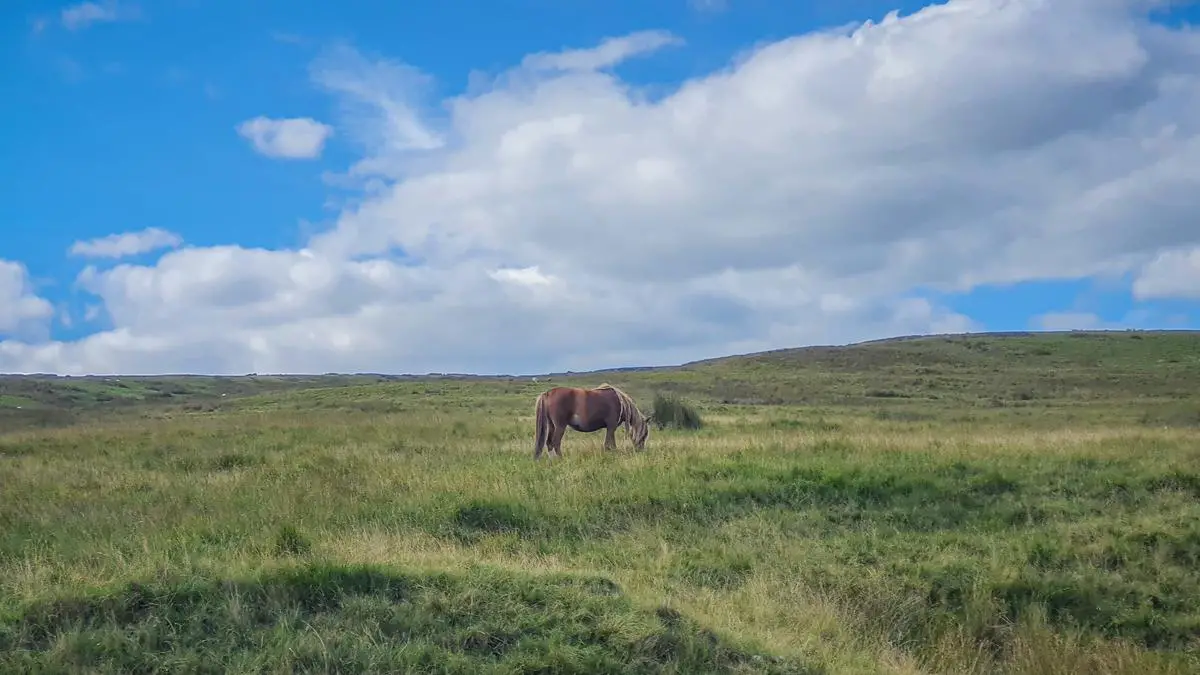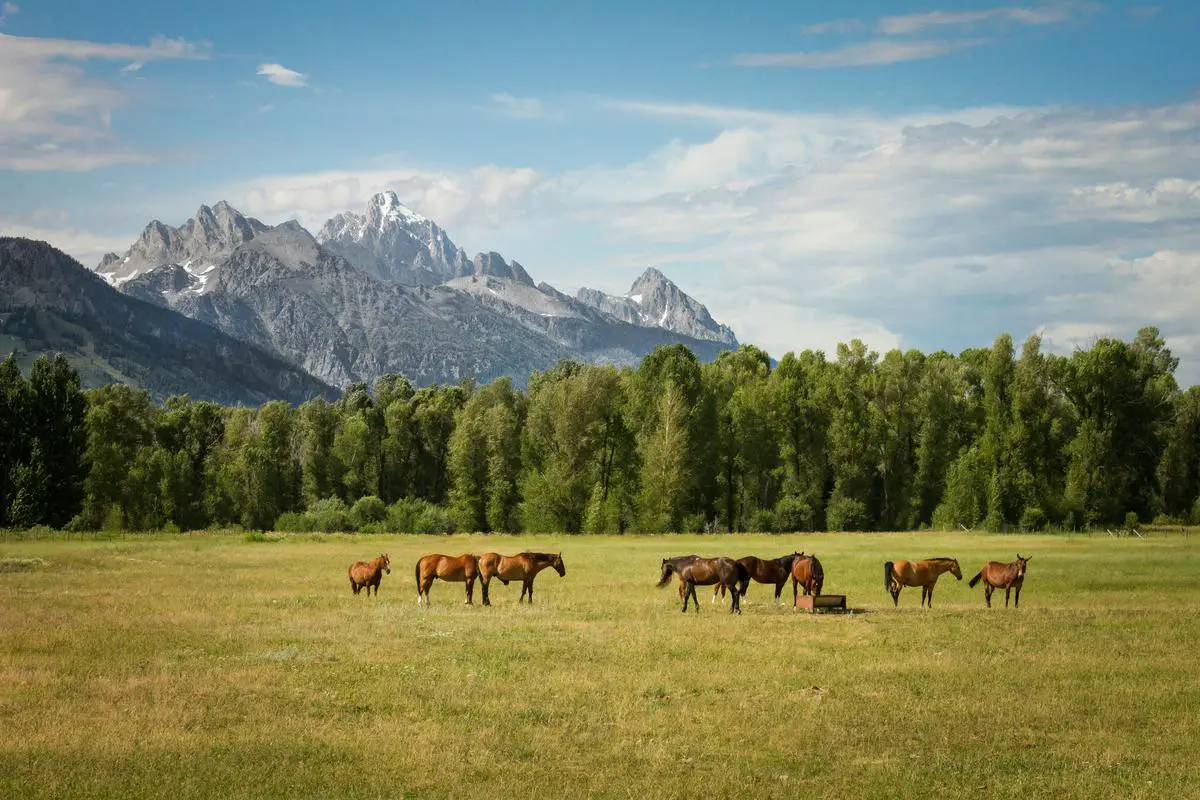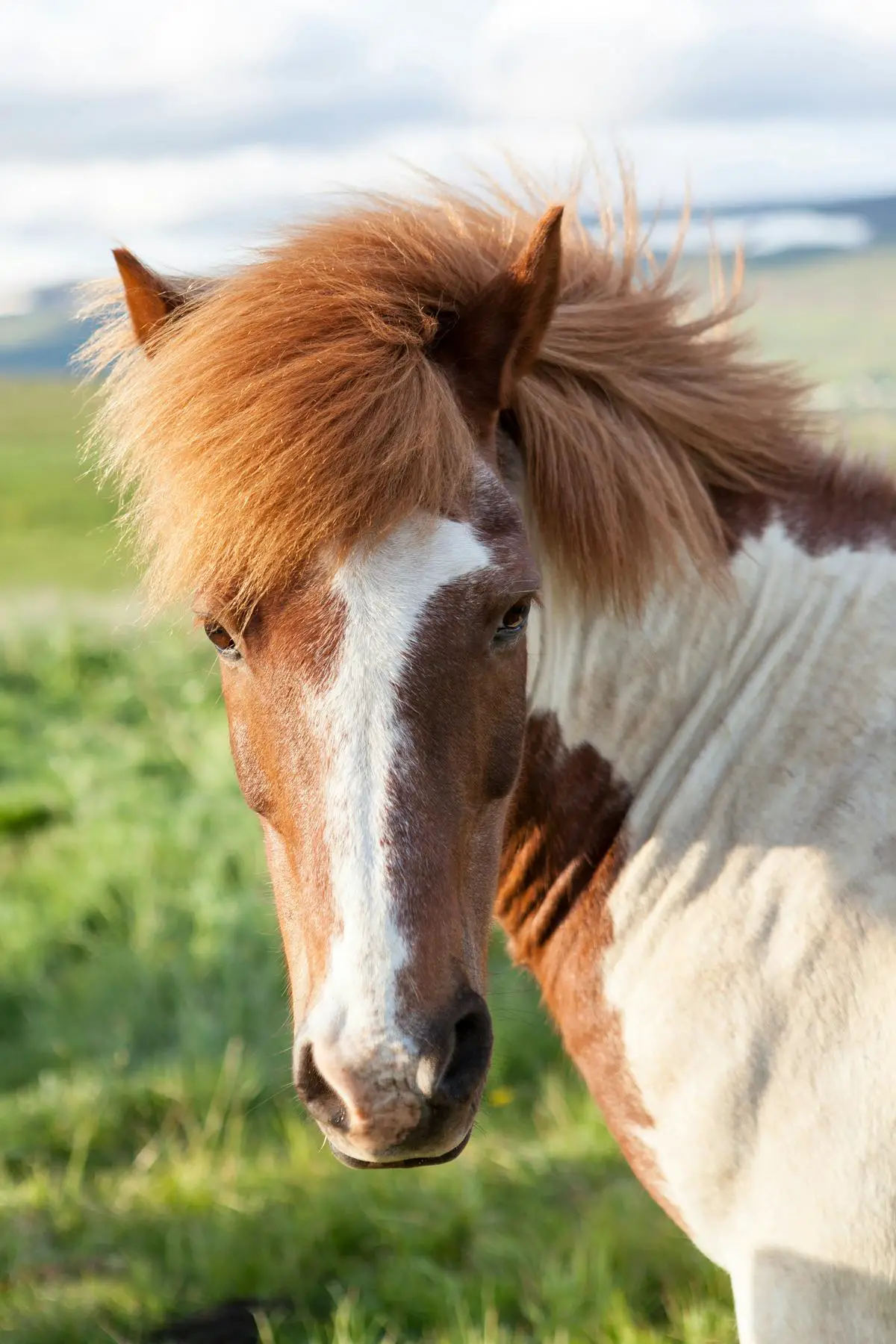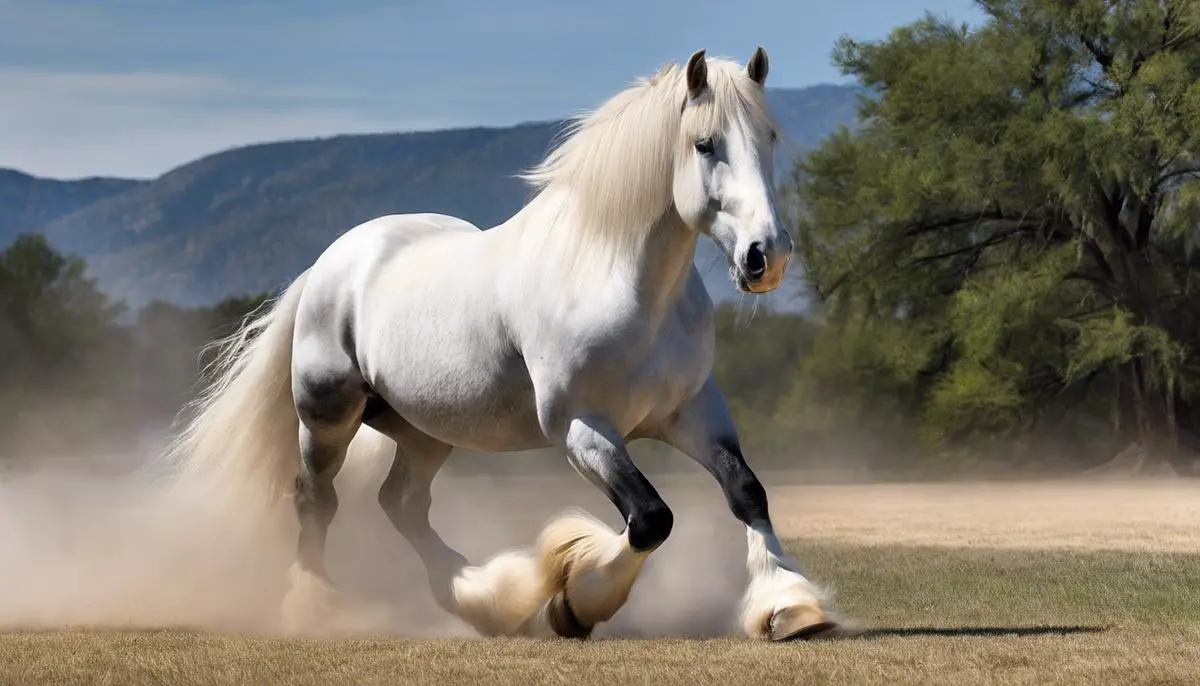Gentle giants with hearts as vast as their stature, cold blooded horses such as Clydesdales and Percherons have trotted their way into human history, not just for their iconic appearance but for their immense contributions to farming and industry. These draft breeds, synonymous with strength and calmness, are more than just living legends of a bygone era; they are sentient beings requiring our understanding and care. This essay sheds light on the majestic world of cold blooded horses, exploring their unique characteristics, acknowledging the growing necessity for rescue operations, and sharing insights into how enthusiasts and hobbyists can roll up their sleeves and contribute meaningfully to their welfare.
Table of Contents (Horspedia)
Understanding Cold Blooded Horses
Unraveling the Mystery of Cold Blooded Horses: Gentle Giants of the Equine World
Hey there, fellow horse enthusiasts! If you’re anything like the gang around here, you’ve probably got a soft spot for those big, calm buddies in the pasture—the cold-blooded horses. No, we’re not talking reptiles; we’re diving into the world of draft horses! These gentle giants have captured our hearts, and it’s not hard to see why. Let’s talk about what makes these four-hoofed wonders so unique.
First off, “cold-blooded” is an interesting way to describe a type of horse. You won’t find them basking in the sun to warm up like a turtle. In the horse universe, cold-blooded refers to their temperament and origins, not their body temperature. These horses are the laid-back, chill family members with ancestry in cooler climates. Their easy-going nature makes them the lounge chairs of the horse world—perfect for a relaxing sit-down.
So, what kind of look does a cold-blooded horse rock? Imagine the weightlifters of the horse realm—big, strong, and muscular. Most have this chilled-out vibe because they were bred to do some pretty hefty farm and industrial work. They’ve been pulling plows, carts, and heavy loads long before tractors and trucks were a thing. Their size is impressive; it’s not just tall, but also broad, with a sturdy build that says, “I got this.”
Their coat? It’s like they’ve got built-in winter jackets. They’re made for colder areas, so they’ve got thick skin and hulking necks that make them look like they’re wearing fluffy scarves. When winter hits, their coat really bulks up, keeping them cozy and warm, no matter how much the temperature drops.
But don’t let that brawn fool you. These horses are like the friendly giants of fairy tales. Known for their patience and good-natured attitudes, they’re incredibly patient with new riders and those who are a little nervous around such big creatures. So they’re not just workhorses; they make fabulous companions, too.
And hooves! We can’t trot away without mentioning their hooves. Cold-blooded horses have super-sized ones that match their grand stature—massive, round, and super strong. This supports their heavyweight and the heavy lifting they’re famous for.
In the cold-blooded family, there are several popular breeds like the Belgian, Clydesdale, Percheron, and Shire. These names are like the hall of fame in the draft horse world, with each breed having its own special talents and history. Whether you’re into history, strength, or just plain awesomeness, these breeds have stories that are as big as their footprints.
To sum it up, cold-blooded horses are like the gentle guardians of the horse breeds. Their calm demeanor makes them a favorite for all kinds of folks. From their bulky frames to their friendly faces, they’re the epitome of strength meeting softness. Next time you’re out and about, and you see one of these towering horses, take a moment to appreciate their serene power. After all, it’s not every day you get to see a living, breathing masterpiece of equine heritage.
Without a doubt, the charm of cold-blooded horses is undeniable, and their contribution to both history and our hearts continues to be as strong as ever.

Photo by boysinbristol_photography on Unsplash
The Need for Rescue
Despite their significant contributions and admirable traits, cold-blooded horses frequently require rescue for several reasons. Often, when industries and farming practices evolve, these majestic animals find themselves without the roles they’ve historically filled. With machinery replacing much of the heavy labor, the demand for such strong workhorses has declined, leaving many without purpose or proper care.
Moreover, some cold-blooded horse breeds are prone to certain health issues due to their size and build. Because of their large stature, for instance, they can be susceptible to laminitis, a painful condition affecting their hooves, and other weight-related health problems. Care for these horses can become challenging and costly, leading some owners to give them up.
Another pressing issue is overbreeding. Some breeders, in an attempt to capitalize on the cold-blooded horses’ various desirable attributes, have produced more foals than there are suitable homes. This overpopulation can lead to neglect or abandonment, as not all breeders are able to maintain the responsibility for the horse’s entire lifespan, which can be twenty years or more.
Furthermore, despite their peaceful disposition making them excellent therapy and companion animals, not everyone realizes the commitment required to keep a cold-blooded horse. Given their size, they need adequate space and specialized nutrition to maintain their health and wellbeing. Owners may be unprepared for the cost and effort this entails, leading some horses to be neglected or in need of rescue.
Rescue organizations play a vital role in providing sanctuary and rehabilitation to these noble creatures. They help rehome cold-blooded horses to places where they can live out their lives with the care and dignity they deserve. This might include farms still operating in traditional ways, therapeutic riding centers, or individuals with a passion for preserving these gentle giants. Through the efforts of these organizations and the support of the community, these horses can receive a second chance at life, bringing joy and companionship to their new owners.
All in all, while the traits of cold-blooded horses make them treasured by those who know them well, they also contribute to the circumstances that lead to the need for rescue. The care and preservation of these historic and gentle breeds rest in the hands of those willing to commit to their specialized needs and ensure their legacy.

Running a Rescue Operation
The Noble Task: Ensuring the Well-being of Rescued Cold-Blooded Horses
When it comes to the noble giants of the equine world – the cold-blooded horses – there’s a heartwarming side to their tale that often goes unsung. Many of these majestic creatures find themselves in need of rescue and a second chance at life. Ensuring their well-being is a task that requires dedication, knowledge, and a deep love for the animal.
So, what does it take to successfully rescue and care for these cold-blooded gentle giants? For starters, understanding their unique nutritional needs is key. These horses need a balanced diet that can support their large frames without leading to obesity, which can exacerbate health issues. Hay and grass are staples, but their rations must be monitored.
Next up is the environment. These horses thrive in cooler climates, thanks to their thick coats. However, adequate shelter is still essential to protect them from harsh weather. Their living space should be roomy to accommodate their size and allow for regular movement, which is crucial for their overall health.
Now, please don’t forget the hooves – they deserve attention too. Due to their weight and size, the hooves of cold-blooded horses can be under a lot of stress. Regular trimming and proper hoof care are indispensable to prevent disorders like laminitis, which these breeds are prone to.
Let’s not overlook the importance of veterinary care. Regular check-ups can catch health issues early on, while vaccinations and deworming will keep major diseases and parasites at bay. It’s always better to prevent than to treat, especially with these horses.
Adopting from a rescue calls for a significant commitment. These horses often come from difficult backgrounds and may need additional training or special care. Patience and consistency in handling can help rebuild their trust and confidence.
Moreover, it is essential to ensure that these horses have ample social interaction, either with humans or other horses. Despite their size, they have a well-known gentle nature and benefit psychologically from companionship.
Finally, advocating for responsible breeding practices and supporting rescue organizations can help reduce the number of horses that need rescuing in the first place. Getting involved in local and online communities can spread awareness and even find new adoptive homes for these lovable giants.
To sum up, the rescue and care of cold-blooded horses are no small feat. It entails a symbiotic journey of respect and companionship between the animal and caretaker. Ensuring they lead a healthy and happy life is not just rewarding; it’s a way to uphold the legacy of these breeds that have given humanity so much throughout history. So for those up to the challenge, the satisfaction of giving these horses a second chance at life is truly unparalleled.

Photo by hollymandarich on Unsplash
Adoption and Fostering
Are you passionate about giving back to the equine community? Here’s how you can make a difference in the lives of rescued cold-blooded horses.
Begin with volunteering. Local horse rescues are always on the lookout for helping hands. Whether you’re mucking out stalls or helping with feedings, every bit helps. Your time and effort go a long way towards the upkeep of these gentle giants.
Adoption might be another avenue. If you have the space and resources, consider giving a cold-blooded horse a forever home. It’s a serious commitment, but the bond you’ll form is priceless.
Fundraising can also support these beautiful creatures. Organizing events, online campaigns, or donation drives can raise the necessary funds that rescues require to provide care.
Education plays a key role, too. Share knowledge about the breeds and their needs with others. The more people know, the better the chances of these horses finding the right home.
Donations need not always be monetary. Rescues can also benefit from supplies such as blankets, grooming tools, and feed. Check with your local organization for their wish list.
Lastly, spread the word. Use social media or community bulletin boards to highlight horses that need homes or rescues that need support. Sometimes, all it takes is making the right connection.
Every action, no matter the size, contributes to the wellbeing of rescued cold-blooded horses. Get involved today!

Success Stories and Advocacy
Rescue operations have transformed the lives of countless cold-blooded horses, offering them a lifeline from unfortunate circumstances. With industrialization and the modernization of farming techniques, these noble creatures, once indispensable for their strength and calm demeanors, faced a decline in active work roles, leading to a surplus of horses with fewer homes available.
Enter the heroes: rescue organizations and kind-hearted individuals dedicated to their welfare. These rescues act as oasis of hope, stepping in where others step back, ensuring that these horses are not just statistics of neglect and abandonment. Imagine, horses that once plodded through fields or bore the weight of industry are now given spaces to roam, recover, and rebuild their strength, both physically and emotionally.
The impact of these operations goes beyond salvage to advocating for better lives. In the past, not many people knew the specifics of what it took to care for cold-blooded breeds. Now, thanks to rescue efforts, there is a rising awareness of their distinct needs. From space to strut their massive frames to the specialized diets that keep them healthy without triggering conditions like laminitis, the knowledge shared by rescues has been invaluable.
Rescue groups work tirelessly, not just rehabilitating these magnificent horses, but also training them for different, less strenuous roles. A draft horse might find its second act as a therapy animal, a gentle giant teaching humans about compassion, resilience, and the simple joy of presence. Others may step into the spotlight in less conventional areas, delighting as steady partners in dressage or trail riding companions, exemplifying that they are more than the sum of their historical labor.
Welcoming a rescued cold-blooded horse into a family isn’t just about providing refuge, it’s becoming part of a larger story, one of redemption and respect. Each horse that is rehomed represents a chapter of change, showcasing the enormous potential for these animals to adapt and flourish when given the right environment and care.
Indeed, these efforts account for more than just the immediate well-being of the animals; they’re a preservation act for the breeds themselves. Each Belgian or Shire that trots off into a sunset of tranquility is a victory for the breed’s legacy. The gentle nature that made these horses so valued in the past becomes the very trait that endears them to modern adopters.
Fostering community involvement has also been a significant upshot of rescue operations. People are not just assisting with funds or volunteering time; they’re contributing to a wider, communal horse-loving family. They’re part of a network that shares updates on rehabilitated horses, celebrates adoptions, and champions the ongoing work of the rescues. This network strengthens bonds between humans and equines, and between all those who believe in second chances.
In essence, rescue operations have done more than just save individual horses; they’ve highlighted the adaptability, resilience, and enduring relevance of cold-blooded breeds. They have rewritten the narratives for these horses, proving that even as the world changes, there’s always a place for the quiet strength and warmth that these gentle giants provide.
Whether through direct involvement or by simply spreading the word, each action taken to support these majestic animals shapes the future for cold-blooded horses, guaranteeing both their survival and their thrive.

The echoes of hoofbeats from successful rescues reverberate with hope and call to action — each story a testament to the resilience of cold blooded horses and the compassion of those who advocate for them. As these equine heroes embark on second chapters filled with well-deserved dignity and peace, we recognize the instrumental role of individuals in shaping these narratives. Stepping into the paddock of horse rescue is not merely about saving a life; it’s about perpetuating a legacy of empathy and ensuring that these magnificent creatures continue to inspire awe and affection for generations to come.
